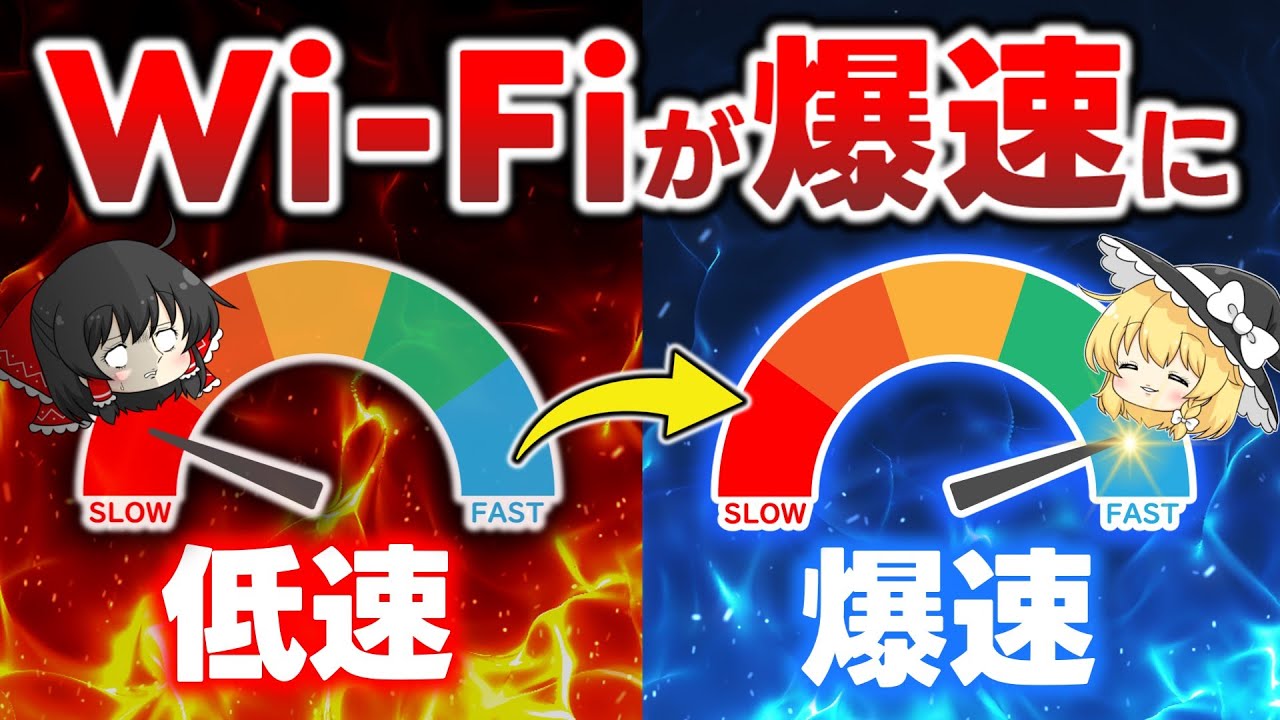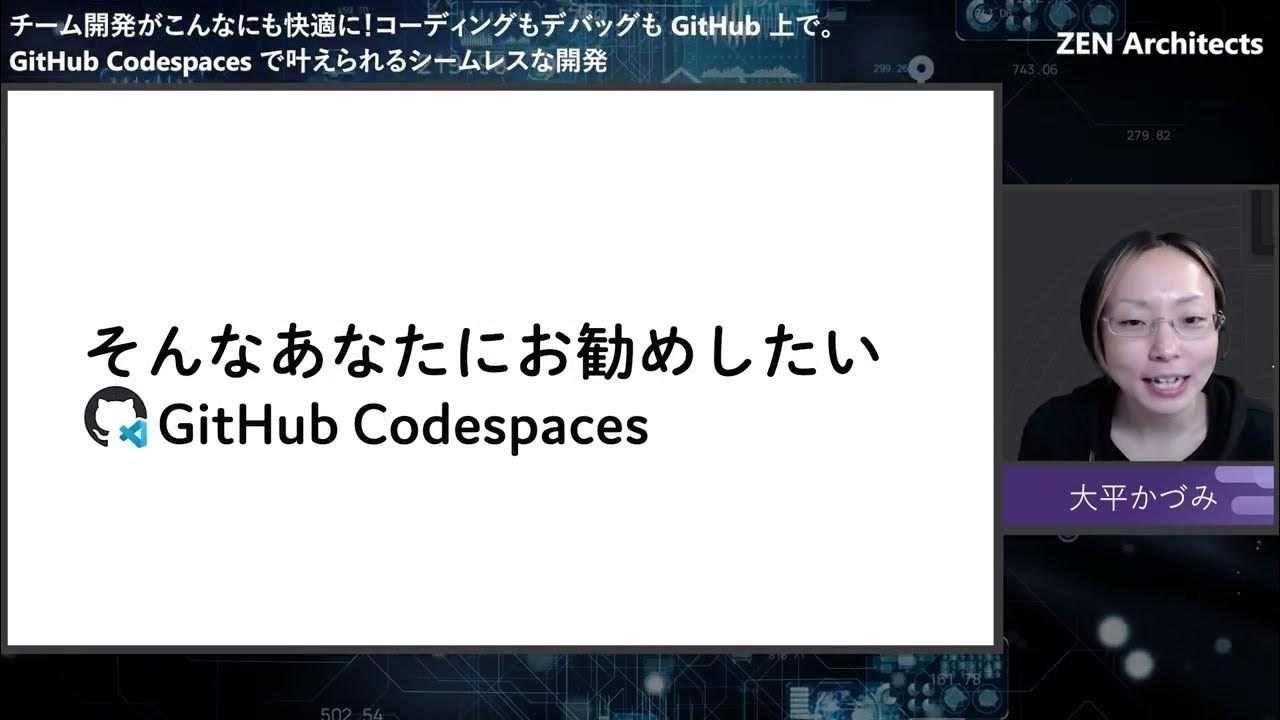IT complexity simplification framework
Summary
TLDRこのビデオスクリプトでは、Red HatのグローバルチーフアーキテクトリーダーであるナダンとIBMフェローでCTOのカイル・ブラウンが、IT環境の複雑さを簡素化する物語を語っています。彼らはIBMの多様なプラットフォームと環境を例に、自動化戦略、コンテナ化、データ管理、アプリケーションのモダン化、開発者ツール、そしてAIの取り入れ方について詳述しています。これらの技術的アプローチは、企業の効率化と標準化を促進し、ビジネス価値を実現する上で重要な役割を果たします。
Takeaways
- 🌐 タスクの多様性: IBMはZプラットフォーム、クラウド、オンプレミス、仮想化、エッジコンピューティングなど、多様な環境でワークロードを管理しています。
- 🤝 IBMとRed Hatの協力: 両社は共通のソリューションとアプローチを通じて、お客様のための生活をより良いものにするための取り組みを進めています。
- 🔄 自動化戦略の重要性: 多様な環境を管理するためには、人を増やすのではなく、自動化された管理が不可欠です。
- 📦 コンテナ化戦略: ワークロードの類似性を見つけ、共通のイメージとコンテナアプローチを通じて、異なるプラットフォーム間のワークロードを類似させています。
- 🔄 仮想化からコンテナ化へのシフト: オープンソースの進化と仮想化のコストの増加により、より多くのコンテナ化環境への移行が進んでいます。
- 📈 データの3つの形態: 静止データ、移動データ、非構造化データ/コンテンツを効果的に管理し、AIの燃料として活用する必要があります。
- 🛠️ アプリケーションのプラットフォーム: コンテナ化はアプリケーションをサポートし、カスタマイズされたアプリケーションや既存のアプリケーションを活用する基盤を提供しています。
- 👨💻 開発者ツールの強化: CI/CD環境の爆発的増加に対処し、分散環境でより効果的に働くためのツールと標準を提供しています。
- 🤖 AIの役割: AIはコードの書き方への助けとなるパートナーであり、開発者による正確な仕様とテストの定義が依然として必要とされています。
- 🛡️ セキュリティの重要性: セキュリティはすべてのレイヤーにわたって重要な要素であり、管理、倫理、セキュリティの問題を回避するためには常に考慮する必要があります。
Q & A
ナダンはRed Hatでどのような役職を務めていますか?
-ナダンはRed Hatのグローバルチーフアーキテクトリーダーであり、CTO組織を率いている。
ケール・ブラウンはIBMのどのようなポジションにいますか?
-ケール・ブラウンはIBMフェローで、IBM CIOオフィスのCTOを務めている。
ITの複雑さを簡素化するという物語とはどのようなものですか?
-ITの複雑さを簡素化する物語とは、ITの技術的地形の複雑さを解消し、より効率的で管理しやすいIT環境を作り出すプロセスを指す。
IBMが抱えているプラットフォームと環境はどのようなものでしょうか?
-IBMはZプラットフォーム、多云のクラウド環境、オンプレミスのデータセンター、仮想化されたワークロード、そしてエッジワークロードを含む多様なプラットフォームと環境を持つ。
共通の自動化戦略とは何を意味していますか?
-共通の自動化戦略とは、異なる環境すべてを人手を投入するのではなく、自動化によって管理、インストール、運用を実施するというアプローチを意味する。
コンテナ化戦略とは何を行いますか?
-コンテナ化戦略は、ワークロードを共通のイメージに収め、異なるプラットフォーム間で非常に類似したワークロードを作成することによって、異なる環境を簡素化する手法を指す。
データの3つの形態とはどのようなものですか?
-データの3つの形態とは、静止データ(データベースに格納されているもの)、移動データ(アプリケーション間の通信)、非構造化データまたはコンテンツを指す。
アプリケーション層とは何を意味していますか?
-アプリケーション層とは、企業の顧客に対する顔であり、すべての魔法が起こる場所を意味する。カスタムアプリケーションや既存のアプリケーション、第三者アプリケーションが含まれる。
開発者ツール層には何が含まれますか?
-開発者ツール層には、CI/CD環境、開発者メトリックス、AIコードアシスタントなどのツールが含まれており、効果的に高い分散環境でチームが働くことを支援する。
AIはどのようにして開発者と協力関係を築いていますか?
-AIはコードを書くための素晴らしい助手であり、開発者はまだ具体的な仕様を理解し、テストやアーキテクチャの結果を記述する必要がある。つまり、AIは開発者の仕事全体を担うのではなく、協力関係を築いている。
セキュリティはこのアプローチ全体にどのように関与していますか?
-セキュリティは常に私たちの頭の上にあり、物理的なセキュリティからオペレーティングシステム、コンテナ、データ、アプリケーションレベルのセキュリティまで、すべてのレイヤーにわたって考慮される必要がある。
新しい技術にどのように対応する戦略を立てていますか?
-新しい技術に対応する戦略を立てることで、現在だけでなく、今後も技術の進化に備えた環境を作り、歴史を理解し、それを基に未来を見据えることが重要である。
Outlines

此内容仅限付费用户访问。 请升级后访问。
立即升级Mindmap

此内容仅限付费用户访问。 请升级后访问。
立即升级Keywords

此内容仅限付费用户访问。 请升级后访问。
立即升级Highlights

此内容仅限付费用户访问。 请升级后访问。
立即升级Transcripts

此内容仅限付费用户访问。 请升级后访问。
立即升级浏览更多相关视频

Cerebras Co-Founder Deconstructs Blackwell GPU Delay

トヨタも7割が買い物!超サプライチェーン戦略!企業の優劣を決めるのは…調達が優秀かどうかだ!?

情強TOP5%だけがやってるWi-Fi高速ブースト術!ネット速度を爆速に変える無料で超絶簡単な方法を教えます

OpenAI's ChatGPT-4o Spring Update Event: Everything Revealed in 2 Minutes

BS13 # チーム開発がこんなにも快適に ! コーディングもデバッグも GitHub 上で。GitHub Codespaces で叶えられるシームレスな開発 | 日本マイクロソフト

C Programming Tutorial 1 - Intro to C
5.0 / 5 (0 votes)
